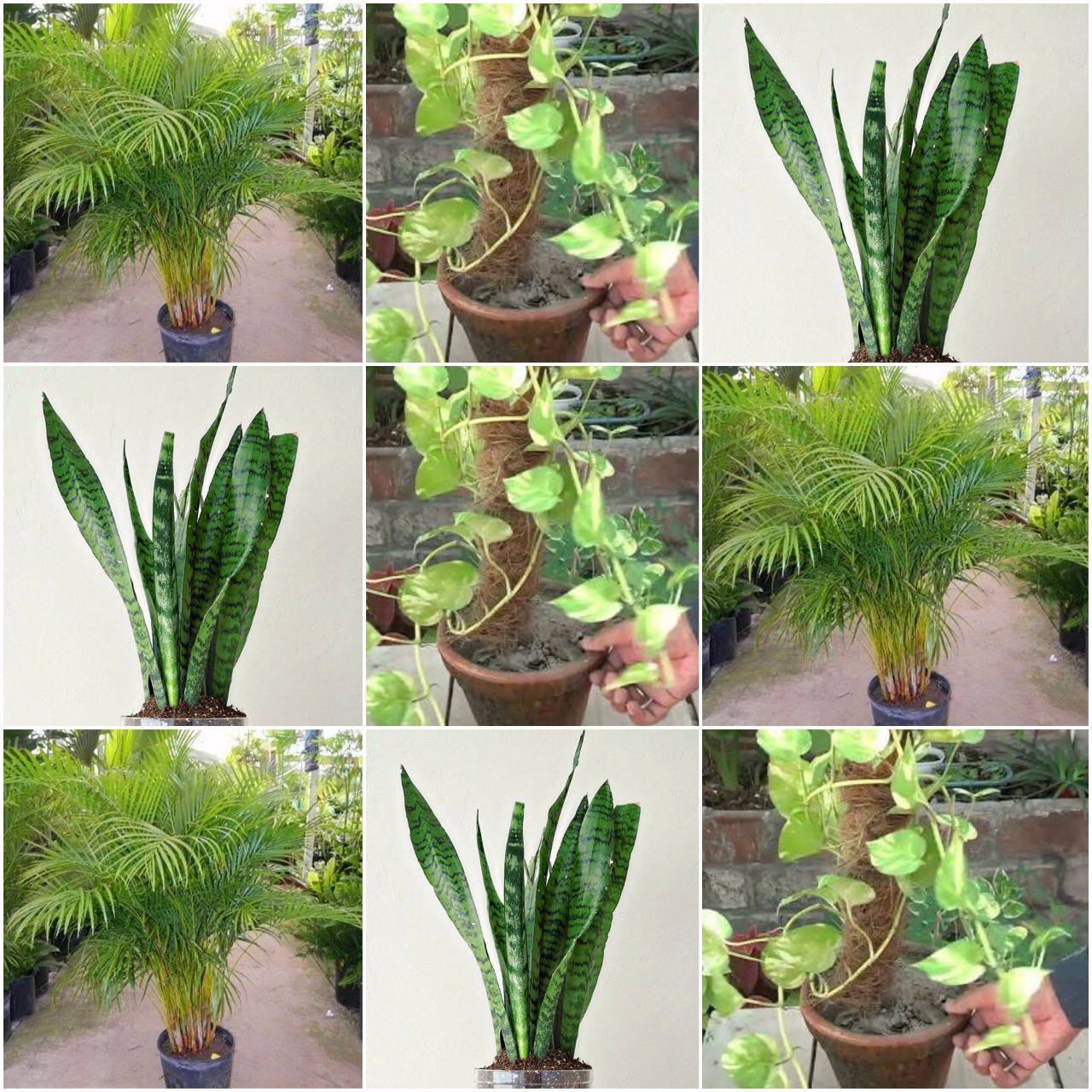Pollution in Delhi is at hazardous levels. Stubble burning and Diwali pollution is turning India’s National Capital into a ‘gas chamber.’ Delhi smog is affecting visibility, trains and flights. It is also permeating homes as well as underground metro stations. Breathing is quite a task. Air quality index is 5 times worse than the Central Pollution Control Board limit. The smog affects all: senior citizens, children, construction workers, street vendors, as well as sportspersons. It is severe. At this level of air pollution, healthy people are also affected. People with respiratory diseases will be hit hard. In some places, air pollution has gone beyond the maximum level. This is equal to smoking 50 cigarettes a day. It is a state of medical emergency.
Doctors and the government are asking people to stay indoors but the smog is going inside buildings too. Some doctors are even of the view that if there is no proper exhaust or ventilation, then the indoor air pollution can be worse than the outdoors. Delhi smog may deteriorate, according to most weather forecasters.
Plants that purify air, fight Delhi Smog
Here is one of the ways to deal with the pollution and keep health hazards at bay: plants that produce fresh air inside homes:
1) Areca Palm: This plant removes carbon dioxide or CO2 and converts it into oxygen. It should be of shoulder height. At least four plants per person are required for the system to be effective. The leaves of the plant need to be wiped everyday during extremely polluted conditions. Wiping it once a week in cleaner cities can also do. Vermi manure has to be used in order to give the plant nutrition. It has to be kept under the sun after three to four months.
2) Mother in laws tongue or the bedroom plant: This flora converts CO2 into oxygen at night. For one person, there is a need for 6 to 8 waist high plants.
3) Money plant: This is a common plant found which is found every where. It helps in removing formaldehyde and other chemicals that are volatile.
The innovative method was found by a Delhi man who wanted to fight indoors air pollution. The effectiveness has been demonstrated by Kamal Meattle many times, also during a TED Conference. In the Ted Talk, he demonstrated that an arrangement of the three plants, when utilized at specific spots in home or in office, can lead to cleaner indoor air.
Kamal Meattle’s Delhi office is a model of green business, using the qualities of these air-filtering plants along with sustainable architecture. He has been working to raise awareness about cleaning up Delhi’s air.
Kamal Meattle fought Delhi air pollution through research and innovation: Delhi Smog
Delhi is the most polluted city in the world. After he developed respiratory diseases, Kamal’s lungs were reduced to 70 percent of normal functioning. Doctors advised him to change location. Meattle researched to find ways in order to produce fresh air at home.
The method is novel and innovative. Even if one gets trapped inside a house, there is no need for fresh air from outside. The experimental idea has been implemented in Delhi buildings, which are now considered as some of the healthiest. A study carried out in the building concluded that 52 percent people had reduced eye irritation and 34 percent had decreased respiratory ailments. There was decrease in headache and lung malfunctioning by 24 and 12 percent, respectively. Such a step can help Delhi and other cities improve air quality and combat situations like Delhi Smog.
About the author: I am a freelance journalist, environment activist, fashion blogger, and a short film and documentary maker. My association with Taru Mitra, an organization working hard for the environment in India, taught me the value of nature preservation. I want to make the world a better place for future generations. Being a mother, I know how important it is to do that. I love nature, art and creativity. Reach me at ushi.fatma@gmail.com
- Greenubuntu organises plantation drive in Safdarjung Development Area, New Delhi - July 25, 2023
- Plantation drives in national capital Delhi by Greenubuntu - June 14, 2023
- Use Banana Stems for Organic Farming: Innovations in Agriculture - May 7, 2023
- Let’s Make Banana Leaves a Part of Our Lifestyle - April 9, 2023
- Small steps to cut plastics: Dia Mirza, UN Goodwill Ambassador, India - March 5, 2023
- World Wetlands Day: Alarming decrease in water bodies in Kashmir, India - February 6, 2023
- “The entire world is now concerned about environment” - July 3, 2022
- 6 Things I Do to Keep Environment Sustainable: Farhat Hasan, Chairperson, International School - July 3, 2021
- Interview: We Must Empower Women for Sustainability, Says Entrepreneur Ajat Shatru - May 5, 2021
- How to Foster Love for the Environment in Kids - May 1, 2021

